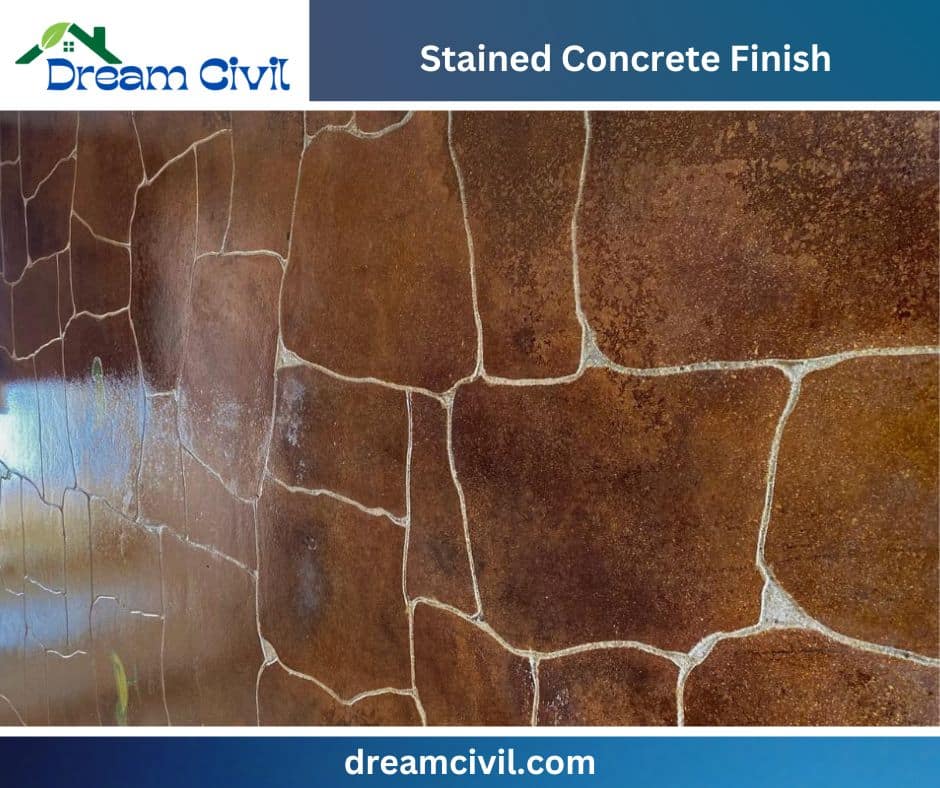The Integration of Art and Architecture in Construction Design

This post was originally published on this site
In the realm of construction design, a dynamic and transformative shift has been taking place—one that transcends the conventional boundaries between art and architecture. The integration of art into architectural endeavors has become more than just an aesthetic choice; it has evolved into a powerful means of expression and a way to evoke emotions, tell stories, and engage communities. In this exploration, we delve into the fascinating world where art and architecture converge, shaping the built environment in extraordinary ways.
Historical Context:
To understand the contemporary integration of art and architecture, it’s crucial to acknowledge the historical context. Throughout the ages, cultures around the world have adorned their structures with intricate carvings, mosaics, and murals. From the Parthenon’s sculpted friezes to the cathedrals of Europe adorned with stained glass, the marriage of art and architecture has deep roots.
The Renaissance era marked a significant period where artists and architects collaborated closely, blurring the lines between their respective disciplines. Leonardo da Vinci, Michelangelo, and other polymaths of the time worked seamlessly across art and architecture, leaving behind masterpieces that showcased the harmonious fusion of creative expression and structural form.
Contemporary Expressions:
Fast forward to the present day, and the integration of art and architecture has taken on new dimensions. Modern architects are increasingly embracing the idea that buildings can be more than utilitarian structures; they can be canvases for artistic expression. Public spaces, in particular, have become playgrounds for artists and architects to collaborate and create immersive experiences.
One notable example is the blending of street art with urban architecture. Cities around the world have witnessed the transformation of once mundane buildings into vibrant, dynamic works of art. Graffiti and murals not only add color to the urban landscape but also contribute to a sense of community identity and pride.
Architectural Installations:
Beyond surface-level adornments, the integration of art and architecture has found expression in immersive installations. Architects are incorporating sculptures, installations, and interactive elements directly into the design of buildings. These installations serve not only as aesthetic enhancements but also as thought-provoking statements, sparking dialogue and engagement.
Consider the works of contemporary architects like Olafur Eliasson, whose installations often blur the boundaries between art and architecture. His use of light, water, and space creates environments that challenge our perceptions and evoke emotional responses. Such installations redefine the purpose of architecture, transforming it into a medium that communicates and connects with its inhabitants on a deeper level.
Community Engagement:
The integration of art and architecture goes beyond the visual—it extends to community engagement. Public art projects involving local communities in the design process create a sense of ownership and pride. Murals that reflect the cultural heritage of a neighborhood or sculptures that tell the stories of its residents become integral parts of the community’s identity.
In this way, the integration of art becomes a tool for social cohesion and inclusivity. Public spaces cease to be sterile environments and, instead, become vibrant canvases that reflect the diversity and richness of the communities they serve.
Challenges and Criticisms:
However, the integration of art and architecture is not without its challenges and criticisms. Some argue that the emphasis on aesthetics may overshadow functionality, leading to impractical designs. Additionally, the subjective nature of art raises questions about who gets to decide what is considered “good” or “appropriate” for a particular space.
Moreover, the financial implications of incorporating art into architecture can be a deterrent. Commissioning or creating bespoke art pieces requires a budget that not all projects can afford. Striking a balance between artistic expression and budget constraints is a delicate but necessary task.
Conclusion:
In conclusion, the integration of art and architecture in construction design is a compelling and evolving phenomenon that enriches our built environment. From historical collaborations to contemporary expressions, the fusion of these disciplines has the power to transform spaces into more than mere structures—they become narratives, experiences, and expressions of the human spirit.
As architects continue to push the boundaries of creativity, and as society recognizes the value of artistic contributions to our surroundings, the integration of art and architecture is likely to play an increasingly influential role in shaping the cities and spaces we inhabit. It is a celebration of the intersection between functionality and beauty, where each structure becomes a testament to the enduring dialogue between art and the built environment.





Responses